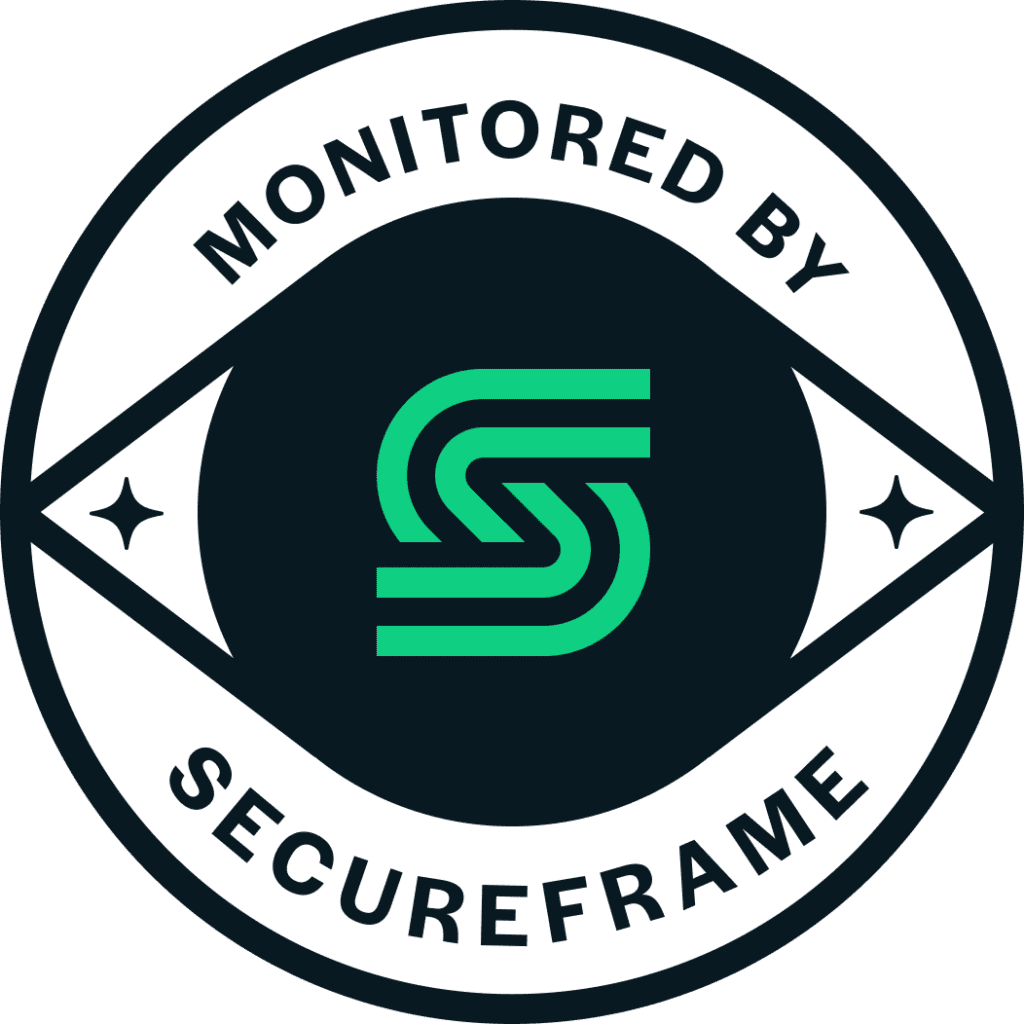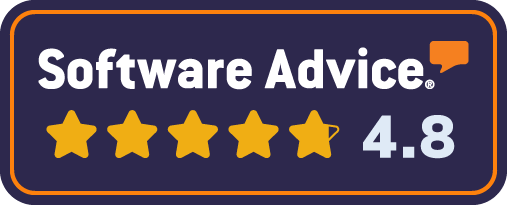Well, we think we know.
Wait, we kinda know. Sorta.
Shoot – do we know?
Okay, okay, okay… we know your IP address is reading this, or at least the IP address of your home router, which changes dynamically, so I suppose it could be your neighbor’s IP address now. Or your VPN’s. Maybe we know your ISP (Internet Service Provider) and wherever they are, roughly. Maybe your totally dynamic mobile phone IP address which can change every 48 hours. Perhaps we placed a cookie on your mobile phone browser. But now you’re on your desktop. Wait – do you use Safari or Firefox? If so, my third-party cookie is not tracking you at all. Your browser may have also erased my first-party cookie since not every browser retains those, either. Sigh.
Alas, we probably don’t actually know that you’re reading this.
Maybe we did know you, but forgot you or don’t recognize you. Or, even worse, we think someone else is reading this who is not you.
The Trap (& Unrealized Promise) of Surveillance Marketing
What’s wrong with all this running around? The way the Internet fundamentally works is why we often experience totally off-base personalization or messaging during our Internet experiences. It has gotten even tougher with increases in privacy protection and a drastic increase in telecommuting and mobile device use. Tracking people on your website and trying to “guess” what they want reliably is really tough work, and it’s not getting any easier.
As brands, we simply can’t sit back and let technology magically run our entire marketing funnel, guessing who is who and who wants what. That was fun for a while, and it still has its place, but the pendulum of privacy, value, and trust is swinging the other way now. We need to roll up our sleeves, put in some real work, and be truly helpful to our audience.
Being truly helpful leads to value, and value leads to trust, and trust leads to brand advocacy and sales. Walled gardens like Facebook, Google, Apple, and Amazon don’t have to “guess” who you are – you willingly tell them who you are, because the value exchange is (generally) worth it to most people.
A Six-Step Starter Recipe for Audience Engagement & Zero-Party Data
Luckily you don’t have to start a social network to build some trust and earn zero-party data, and you don’t even need to build a giant walled garden experience immediately. You can start with one interactive assessment to test knowledge and provide helpful feedback to a website visitor, then go from there. Here’s a quick 6-step recipe to get you going:
- Identify content that you’ve already written that has helped your audience solve a problem. If you don’t have any, simply start digging through your “Sent Items” folder and look for responses you seem to keep giving over and over to clients and prospects. If you have a customer service team or client success team, maybe ask them to check their “Sent Items” folder for recurring themes. These are usually common pain points and content opportunities.
- Sign up for a ChatGPT (or another large language model of your choice) account.
- Ask ChatGPT to create a 5-question multiple-choice quiz to assess someone’s knowledge of the topic(s) or specific URL of a piece you found in step 1 above.
- Use a tool like CredSpark to create and embed that quiz with helpful answers and advice seeded throughout, explaining wrong answers, and even recommending a course of action.
- Socialize your new interaction wherever your potential audience is, and be sure to include it in your newsletters.
- Use your newfound data to continue helping that audience with additional interactions, assessments, and recommendation tools.
There you go, you’re on your way now. You’ve taken something you’ve already done, you’ve generated something engaging and helpful with it, and you can iterate and pivot on that over and over.
Need some inspiration? Check out CredSpark’s gallery of Client Examples.






